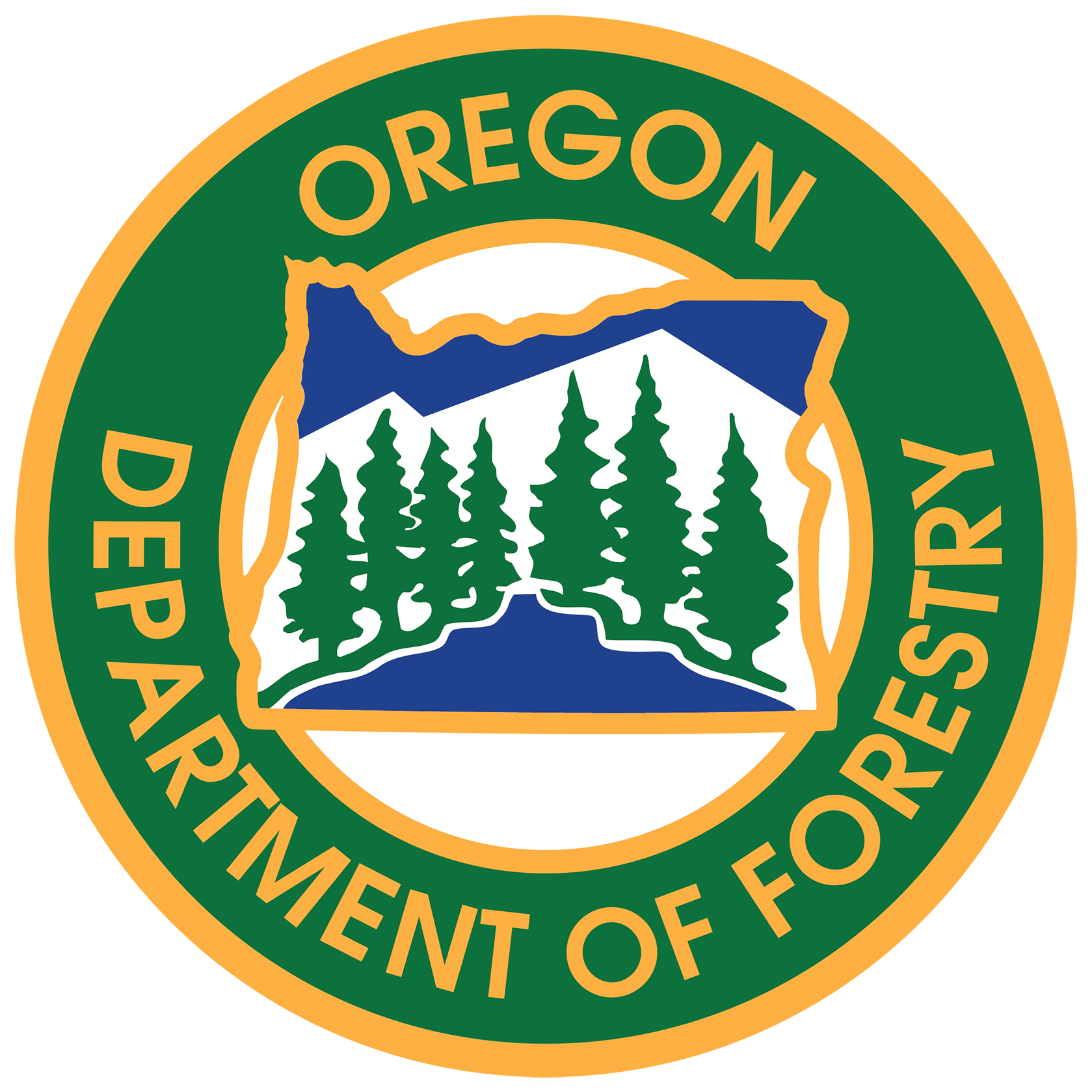Fireline Nearly Complete Around Stouts Creek Fire
Night crews on the Stouts Creek Fire continued to be vigilant, holding and widening control lines while working toward securing the south end of the fire. Overnight fire activity was low as firefighters patrolled the northern portions of the 24,181-acre fire looking for hot spots and flare ups. The fire is 65% contained.
Using heavy equipment, crews have completed the majority of the containment line on the south end in preparation for the large burnout, north of Upper Cow Creek Road and Beaver Creek. Firefighters will install hoses, pumps and tanks as mangers wait for favorable conditions to complete the next phase. Based on current progress and weather forecasts, that burnout could begin in the next few days.
“We should have the line completed today,” said John Pellissier, Operations Chief for the fire. “We’re about 2/3 done with the mechanical work and then we’ll run hose and water sources throughout. Operationally, we’ll be ready. Then it’s up to Mother Nature.”
Fire managers are looking for weather conditions that will allow for a safe, slow burn that will minimize impact on timber and other natural resources. With many factors involved in the burn operations, any number of things out of parameters could delay the burnout.
“All of the weather conditions and other factors have to be right,” Pellissier said. “We are looking to start with a smaller, slow trial process and this could take several days. It will be a slow, steady process.”
The public will be given as much notice before the burnout begins as possible.
There are 1,645 personnel assigned to the fire with 49 crews, 46 engines, 27 water tenders, 20 bulldozers and 11 helicopters. Numbers of personnel and equipment will continue to shrink as objectives are met and these resources move on to fires with greater needs.
The Stouts Creek Fire costs to date are $25.5 million. The Incident Management Team leading the effort under unified command is protecting lands that are about 48% on state protected lands, which include BLM and private lands, and 52% on the Umpqua National Forest. Twenty-three states and three Canadian provinces have provided staff for this effort.
